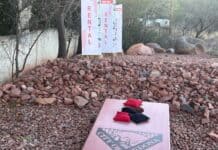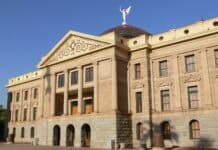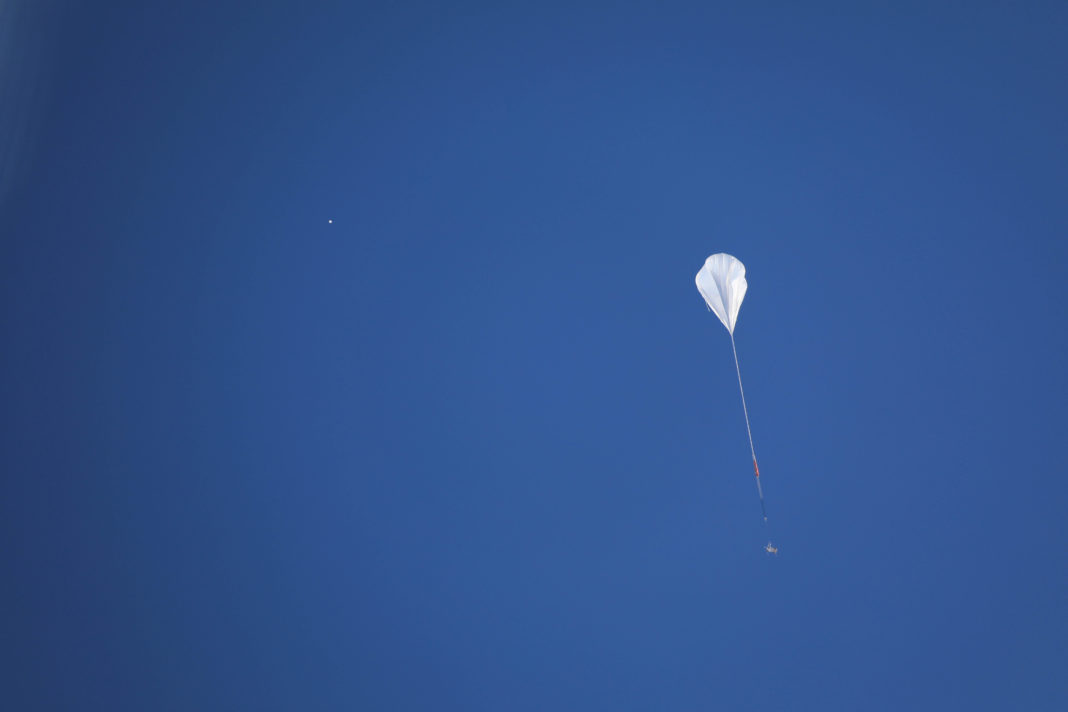It’s a bird, it’s a plane, it’s a … balloon?
Hundreds of residents observed a scientific balloon that made its way over the Verde Valley Tuesday afternoon, leaving many to wonder about the origin of the large, white floating craft.
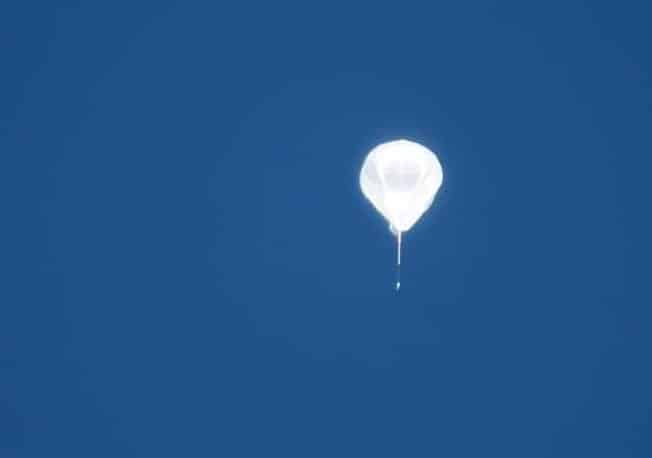
A scientific balloon launched out of New Mexico by NASA makes its way over the Verde Valley Tuesday, June 8.
“What is the object in the sky right now overhead? A weather balloon?” Clarkdale resident Ellen Robinson asked in a social media post.
Robinson was joined by many others who took to social media platforms to speculate on what the balloon was and post pictures of their view of it.
“Does anybody know what this is? I’ve never seen anything like this before. … This is nearby in the verde valley. It’s not the moon. Could it be a planet? It looks bigger in person,” Randy Burdett posted.
While the general consensus was that the craft was a weather balloon, the U.S. National Weather Service out of Flagstaff, Arizona confirmed it wasn’t one of theirs.
“Did you see this in the sky tonight and think it was our weather balloon? We saw it too and can confirm it’s not one of our weather balloons. In fact, it appears to be one in a fleet of NASA research balloons,” their post read.
The scientific balloon was launched out of New Mexico by NASA on Tuesday, June 8 and made its way over Flagstaff, Prescott and the Verde Valley before touching down northeast of Chino Valley that same night, according to NASA.
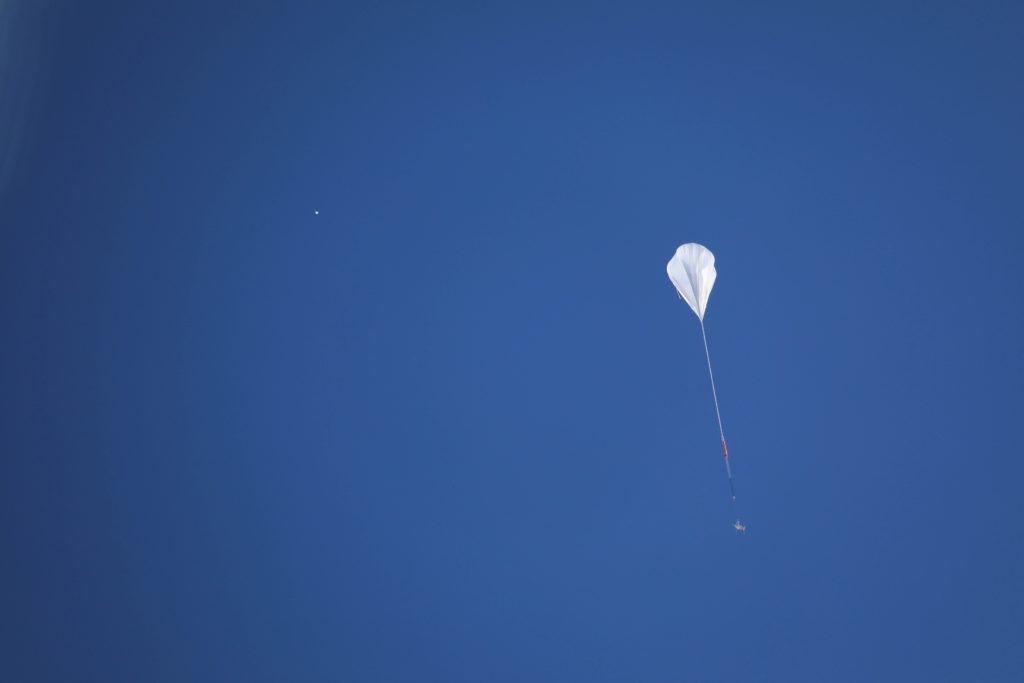
NASA and the Korea Astronomy and Space Science Institute’s Balloon-borne Investigation of Temperature and Speed of Electrons in the corona, or BITSE, lifts off from NASA’s Columbia Scientific Balloon Facility in Fort Sumner, New Mexico.
The balloon was part of a test flight carrying scientific instruments to study the Earth’s relationship to the sun. The balloon was launched from NASA’s Columbia Balloon Scientific Facility in Fort Sumner, N.M., at 6:56 a.m. and was in the air for around 15 hours before it touched down in Chino Valley at 10:54 p.m.
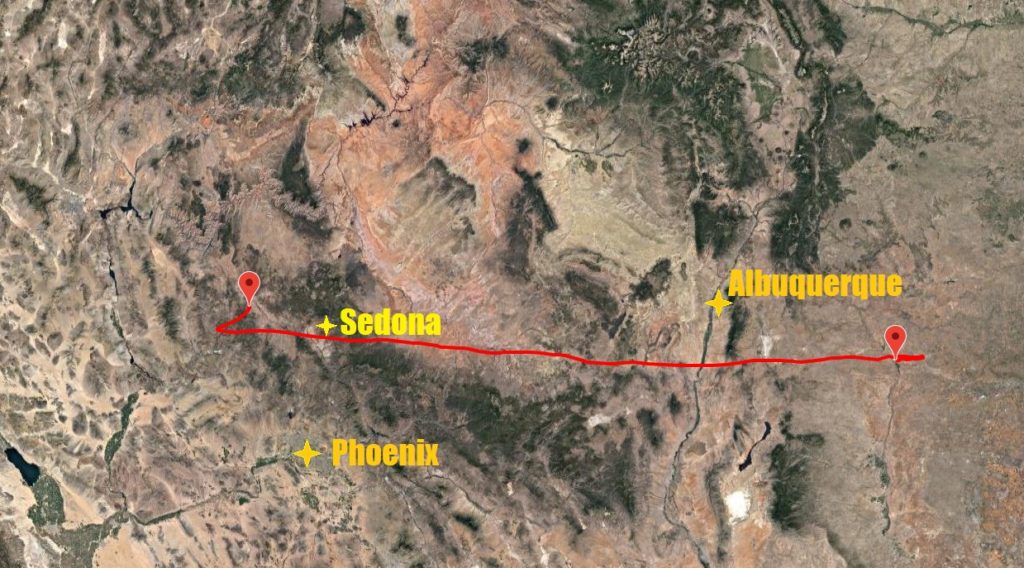
The flight path map of the Mullenax Test Flight 1 Flight No. 710N, from the Columbia Scientific Balloon Facility, in Palestine, Texas. The balloon was launched from the Fort Sumner Municipal Airport in Fort Sumner, N.M. The map can be viewed here https://towerfts.csbf.nasa.gov/Maps/ConvGps710N.htm
The floating craft was part of a suite of six scientific balloons that they plan to launch from the facility this month, four of which, including the one spotted over the Verde Valley, are researching the sun.
“The sun sizzles at the center of our solar system 93 million miles away, but its influence doesn’t end there,” according to a NASA article. “It exhales the solar wind, a continuous stream of charged particles that whisks past Earth and continues for more than 4 billion miles. Sudden bursts in the solar wind can trigger beautiful auroras on Earth, but can also disrupt radio and GPS signals, threaten our satellites and pose a risk to electrical power grids at the surface.
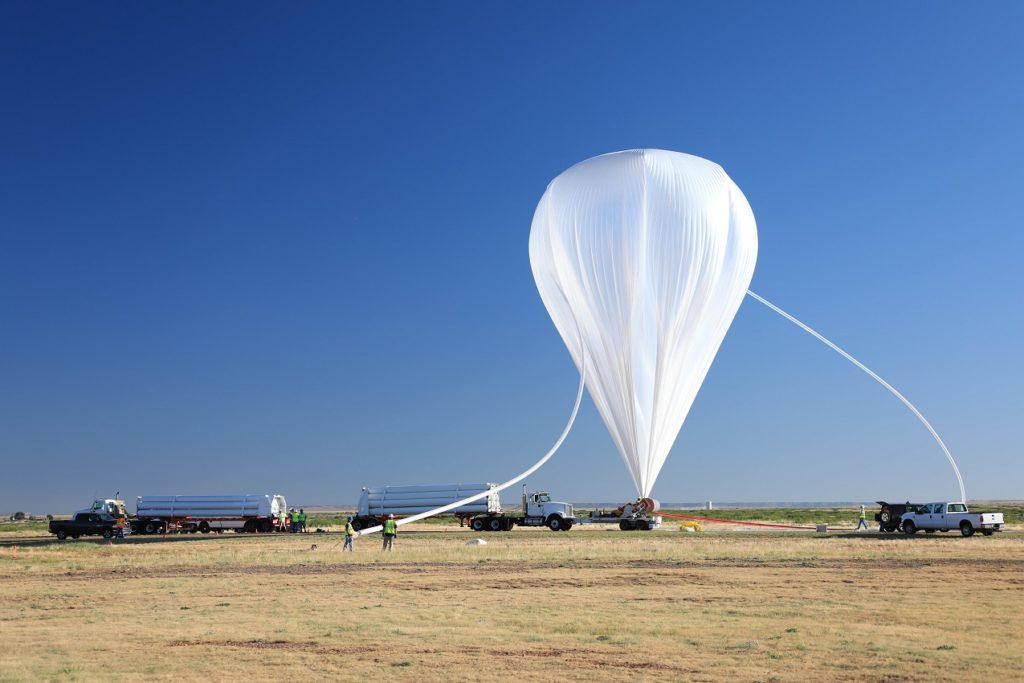
A scientific balloon launching from NASA’s Columbia Scientific Balloon Facility in Fort Sumner, New Mexico, in 2019.
The balloons are focusing on a stretch of sky 60 to 300 miles above the Earth’s surface, where the planet’s upper atmosphere and outer space meet. The balloon that Verde Valley residents saw floated as high as 117,300 feet above the ground.
The balloon was carrying instruments for the Balloon Observation of Microburst Scales, or BOOMS, and BALloon-Based Observations for sunlit Aurora, or BALBOA, missions.
The BOOMS mission observes microbursts, which are flashes of X-ray light that can’t be measured from the ground. The BALBOA mission was equipped with a special camera to study daytime auroras, which helps scientists better understand how Earth reacts to energy and particles that come from the sun.
In addition to gathering data for research, the balloon missions also allow scientists to test new instrument techniques and allow less experienced researchers to gain hands-on experience, NASA said.
Mikayla Blair can be reached at 634-8551 or email mblair@larsonnewspapers.com




